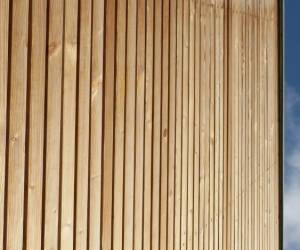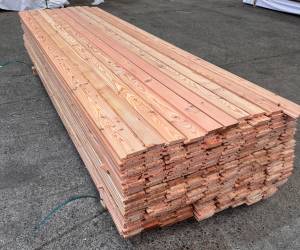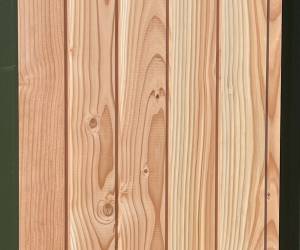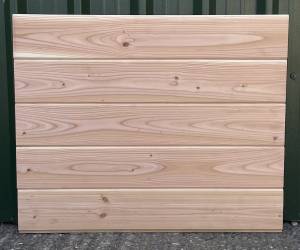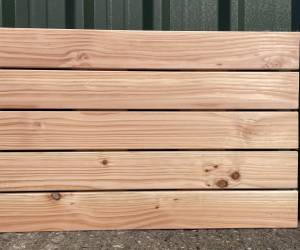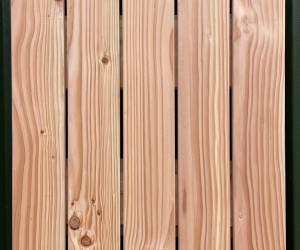Douglas Fir Yorkshire boarding cladding 20mm
Douglas fir Yorkshire boarding cladding refers to the use of Douglas fir timber as a cladding material in the Yorkshire style. Cladding is a process of covering the external walls of a building with an additional layer, providing protection, insulation, and aesthetic appeal.
When using Douglas fir Yorkshire cladding, the timber cut into planks or boards that are then attached to the exterior walls of the building. The boards may be installed horizontally, vertically, or in a specific pattern, depending on the desired aesthetic effect. The cladding helps to protect the underlying structure from weather conditions, improve insulation, and give the building a distinctive look.
